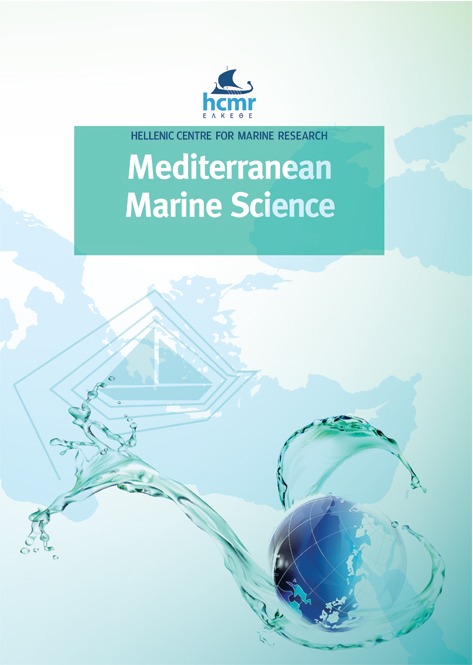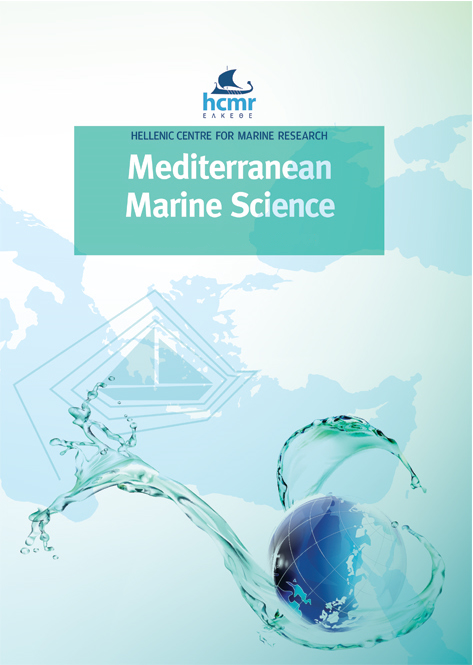Colonization of the Mediterranean Sea by the Lessepsian invasive jellyfish Cassiopea andromeda (Forskål, 1775) – a systematic review
Abstract
The colonization of the Mediterranean Sea by Cassiopea andromeda underscores the complex interaction of biological, environmental, and anthropogenic factors influencing the spread of invasive species. This study describes the dispersal of C. andromeda across the Mediterranean basin and updates its current distribution. Starting from the initial introduction via the Suez Canal, we uncovered key stages of colonization across the Mediterranean, and discussed the role that salinity, dispersal vectors, and local genetic adaptations might have had in shaping its distribution. Through a comprehensive review of historical records, environmental parameters, and life cycle constraints, we identify three distinct colonization periods: a slow initial colonization, a rapid expansion phase, and a restricted westward spread, culminating in its appearance in the Mar Menor coastal lagoon in southwestern Mediterranean. Our findings suggest that salinity could have acted as a modulator of the spread velocity, delaying colonization in suboptimal conditions and potentially driving local adaptations. This work highlights the synergistic effects of anthropogenic activities and environmental stressors on the spread of marine invasives, providing insights to develop management strategies for C. andromeda and other invasive species in coastal ecosystems.
Article Details
- Come citare
-
RAMOS-PÉREZ, P., QUISPE-BECERRA, J. I., OLIVER, J. A., MARCOS, C., PÉREZ-RUZAFA, A., & FERNÁNDEZ-ALÍAS, A. (2025). Colonization of the Mediterranean Sea by the Lessepsian invasive jellyfish Cassiopea andromeda (Forskål, 1775) – a systematic review. Mediterranean Marine Science, 26(3), 714–730. https://doi.org/10.12681/mms.41319
- Sezione
- Research Article
Authors who publish with this journal agree to the following terms:
- Authors retain copyright and grant the journal right of first publication with the work simultaneously licensed under a Creative Commons Attribution Non-Commercial License that allows others to share the work with an acknowledgement of the work's authorship and initial publication in this journal.
- Authors are able to enter into separate, additional contractual arrangements for the non-exclusive distribution of the journal's published version of the work (e.g. post it to an institutional repository or publish it in a book), with an acknowledgement of its initial publication in this journal.
- Authors are permitted and encouraged to post their work online (preferably in institutional repositories or on their website) prior to and during the submission process, as it can lead to productive exchanges, as well as earlier and greater citation of published work (See The Effect of Open Access).






